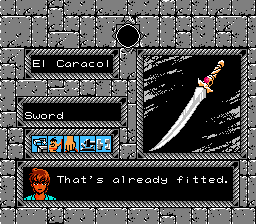


Attributes: Genus: Eryngium Species: yuccifolium Family: Apiaceae Uses (Ethnobotany): The sap and roots were used in traditional medicine.Tags: #water garden #fragrant flowers #white flowers #moth caterpillar host #native perennials #winter interest #accent plant #rabbit resistant #pond margins #NC native #summer flowers #deer resistant #nighttime garden #blue-green leaves #spiny leaves #native garden #self-seeding #cutting garden #pollinator plant #native wildflower #wildflower garden #flowers midsummer #dried arrangements #larval host plant #NC Native Pollinator Plant #flowers late summer #food source nectar #food source pollen #Coastal FAC #Piedmont Mountains FAC #border middle #small group plantings #wet soils tolerant #unusual flowers #butterfly friendly #Audubon #NC Wildflower of the Year #perennial #vole damage Profile Video: See this plant in the following landscapes: Crowder Park Prairie and Native Plants Garden Pinehurst Greenway Pollinator Habitat Garden, Moore County Cultivars / Varieties:Ĭoastal plain and wet savannas southeastern NC to FLįound in open sites and prairies with some moisture The stems may fall over and need to be staked if the plant is grown in rich soil or in too much shade. Insects, Diseases, and Other Plant Problems: Moles and voles feed on the crowns, especially in winter. This plant was selected as the 2016 NC Wildflower of the Year, a program managed by the North Carolina Botanical Garden with some financial support from the Garden Club of North Carolina. Leaving the plants uncut through the winter will add interest to any landscape. Choose a location carefully since the leaves end in stiff spines that could be unpleasant if planted near a walkway. This plant works well in the middle of perennial borders or planted in small groups in open woodlands, naturalized areas, and pollinator gardens. Because the plant is tolerant of wet soils, it may be ideal for a water garden or pond planting. The flowers are attractive fresh or dried and make an interesting addition to a cutting garden. The stiff upright stems of this plant hold striking flower heads, and the unusual clumping foliage adds interest, providing coarse texture in the landscape. The flowers attract many beneficial insects to the garden.
Battle snake master plant full#
This plant does best when planted in full sun and in moist, well-drained soil. Although it adapts well to many soil types, including shallow rocky soils, it prefers dry, loamy sand with little organic matter. Propagate this plant through seed or divide plants in late spring or early fall. It may grow 4 to 5 feet tall and spread 2 to 3 feet wide. The common name may refer to previous medicinal use by Native Americans, although not necessarily for rattlesnake bites. It is native to open woodlands and tall grass prairies of the central United States and is also distributed across many eastern states. The genus name Eryngium comes from the Greek for a thorny or prickly plant, and yuccifolium refers to the leaves, which resemble yucca leaves. Phonetic Spelling er-RIN-jee-um yuk-ki-FOH-lee-um Descriptionīeargrass, or rattlesnake master, is an herbaceous perennial in the Apiaceae (carrot) family.


 0 kommentar(er)
0 kommentar(er)
